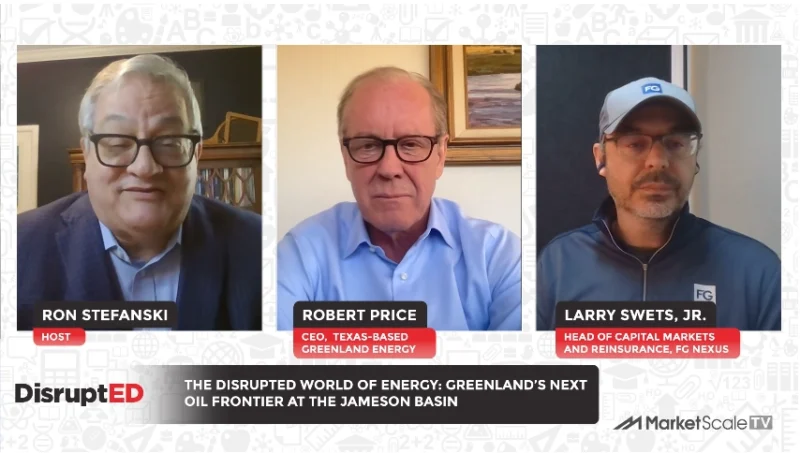How Sheep Are Increasing the Sustainability of Solar Energy
Operating and maintaining a utility-scale photovoltaic (PV) solar power plant is a time-consuming and expensive proposition.
However, there’s been a unique innovation in PV plant operation – though it comes from a simple and decidedly old-school source.
Sheep’s New Role in Lowering PV Plant Operations and Maintenance Costs
You read that correctly. Sheep are now being used for landscaping duty on PV plant sites, merging the worlds of agriculture and solar power in a mutually beneficial way.
According to the National Renewable Energy Lab, utility-scale solar arrays could occupy three million acres of American land by 2030. This expansion is causing tension between the solar production industry and the livestock and farming industries that rely on acreage to be productive.
Instead of restricting the use of useful grazing land solely for solar energy production, the hybrid solution of solar grazing, as it’s known, to effectively landscape and manage array vegetation is an increasingly popular and cost-effective solution.
Why Solar Grazing?
In 2019, nearly 20 states were employing solar grazing to some degree, with that number expected to grow even further throughout 2020 – and for good reason.
In addition to allowing for greater access to key land for livestock farmers, solar grazing also carries many benefits for solar plant owners and operators.
According to a 2018 Atkinson Center report from Cornell University researchers, labor hours typically spent mechanically managing vegetation and utilizing pesticides were reduced with the use of solar grazing. In fact, 2.5 times fewer hours were needed.
The use of solar grazing also promotes environmental responsibility and reaffirms a plant’s commitment to sustainability. It could also come with incentives, particularly as it grows in popularity – Massachusetts already offers solar grazing incentives, and other states could follow suit shortly.
Sheep are the perfect animal for the job, as well. They’re small enough to fit under and around arrays, but don’t wreak the havoc that goats and other animals can cause, typically only grazing on what they’re supposed to – the vegetation.
There are certainly major considerations, particularly on the part of the flock’s owner, including rotating sheep to avoid overgrazing, avoiding brownfield sites that could harm animals, and more. But the benefits of practicing solar grazing outweigh this risk with careful forethought and planning.
Efficient Plant Design and Efficient O&M
For utility-scale PV plants, good design means taking into account every innovative strategy to reduce O&M costs from the onset of the project.
Solar grazing can be part of a holistic effort to reduce those costs, particularly when supplemented by other project decisions.
Choices made in design and component selection affect long-term O&M as well.
Choosing a tracker with a centralized architecture can significantly reduce long-term O&M costs associated with maintenance, as shorter-lifespan components like batteries, electromechanical devices, and more in decentralized tracker designs can drive up maintenance costs, especially after a typical 5-year warranty expires. So can the sheer number of components in decentralized solutions – the more parts, the more potential for failure and downtime.
By focusing on an ideal of “zero maintenance” and placing uptime, less corrective maintenance, and creative solutions like solar grazing at the top of a plant’s priority list, operations and maintenance costs can be greatly reduced.
Array Technologies has been an innovator in the solar power industry, providing solutions that stress long term value and optimize performance. Array produces robust solar trackers, but recognizes innovative O&M solutions, like adding sheep to the equation, are part of a flexible, adaptive strategy that can boost overall efficiency and reduce costs during the 25-30 year lifespan of a utility-scale PV solar plant.
Solar Grazing in Action
It’s a two-way street, as well – while providing cost-cutting efficiency for plant operators, solar grazing can provide an additional revenue stream for landowners who rent land to plants as opposed to moving flocks onto land already used for solar power. One thing is certain – the use of sheep for solar grazing is pushing into practice incentives and pilot programs around the globe as the industry looks to implement the most efficient O&M best practices.
Array’s DuraTrack® single-axis solar trackers have already begun taking part, being leveraged on a farm in Australia where Dubbo sheep grazer Tom Warren has leased some of his land to Neoen for a 20-megawatt solar farm. This strategy had diversified Warren’s income stream – in addition to wool production, he’s also collecting rent for the plant’s portion of the land.
At Array, we’re all about maximizing production, and our DuraTrack® HZ v3 tracker delivers unprecedent value, reliability, durability, and quality.
We hope to see our best-in-class solutions popping up all around the world in solar grazing efforts as part of the industry’s push toward adopting the practice on a much larger scale.
How to Get Started?
The American Solar Grazing Association (ASGA) is actively working to inform plant operators and farmers about the use of solar grazing and to promote the practice on solar installations.
Further, the ASGA facilitates research, best practices and more while also offering memberships and a tool to connect farmers with solar projects interested in employing solar grazing.
To learn more, contact the ASGA or reach out to Array Technologies to find out how we can assist in improving your utility-scale solar plant operations and management practices.









